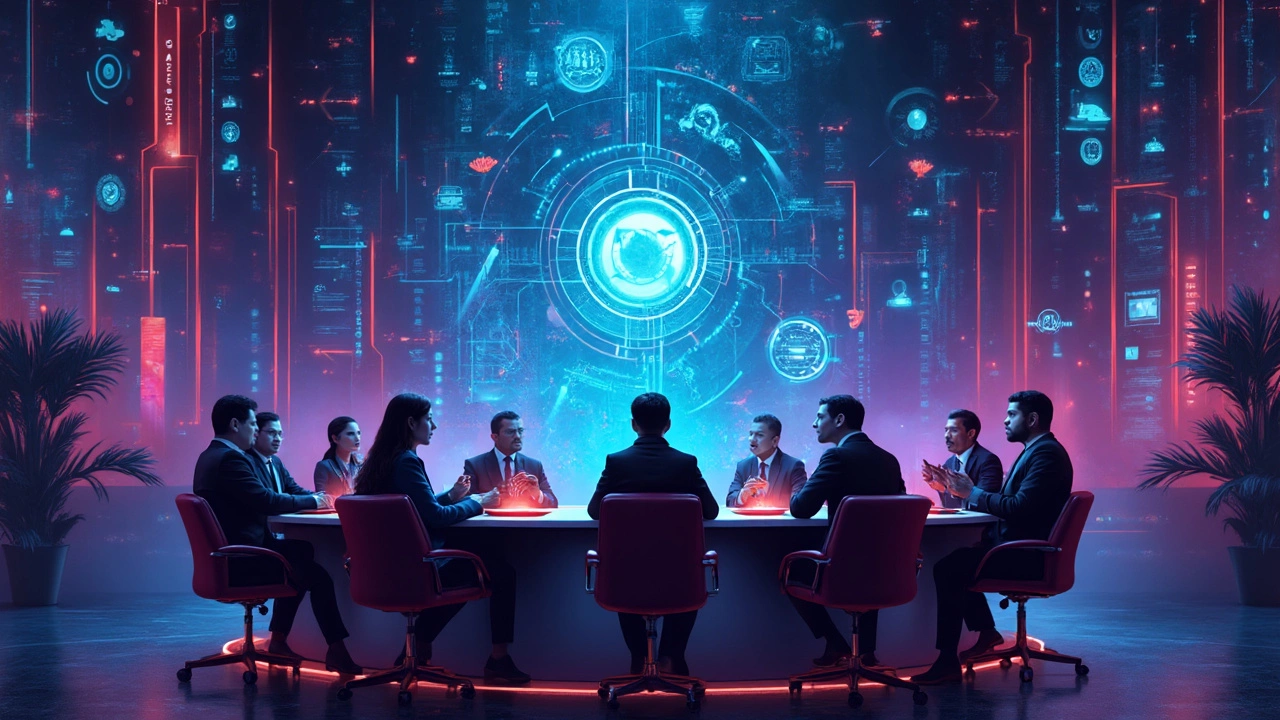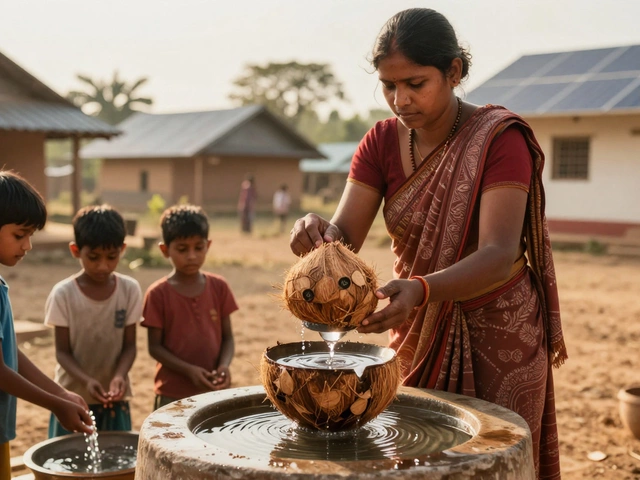Artificial Intelligence in India: What It Is, How It's Used, and Where It's Headed
When we talk about Artificial Intelligence, a system that mimics human thinking to solve problems without being explicitly programmed for each task. Also known as AI, it's not science fiction—it's in your phone, your bank app, and even India's rural health clinics. The simplest form of AI? Rule-based systems. These are programs that follow fixed rules like "if this, then that." They’ve been around since the 1970s and still power spam filters, chatbots, and smart thermostats today—no learning required, just logic.
But AI isn’t just rules. It’s also machine learning, a type of AI that improves over time by finding patterns in data. This is what lets apps predict what you’ll buy, or helps doctors spot diseases in X-rays faster than ever. In India, machine learning is being used to forecast crop yields, optimize power grids, and even translate regional languages in real time. And behind it all? data science, the practice of turning raw numbers into real decisions. Data scientists don’t just crunch numbers—they talk to nurses, farmers, and factory workers to understand what problems actually need solving.
AI adoption in India isn’t about big tech companies alone. It’s about small clinics using AI to triage patients, schools using it to personalize learning, and startups building tools for farmers with low internet access. The real breakthroughs aren’t in labs—they’re in the field. That’s why you’ll find posts here about how AI connects to public health, technology transfer, and even how researchers get paid. Some of these tools are simple. Others are complex. But they all share one thing: they’re built to solve real problems, not just impress investors.
What you’ll find below isn’t a list of buzzwords. It’s a collection of real stories—from how rule-based AI helps rural pharmacies manage medicine stocks, to how data scientists in Bangalore work with hospital staff to cut wait times. You’ll see how AI fits into bigger systems: innovation, funding, collaboration, and policy. There’s no hype here. Just what’s working, who’s making it happen, and why it matters for India’s future.








